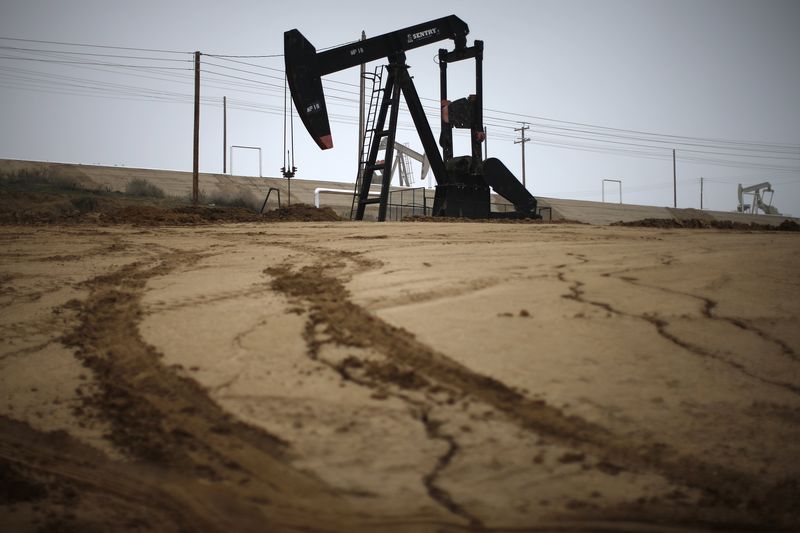* U.S. crude stocks fall in latest week -EIA
* Fed lifts rates, now sees 'some further' hikes ahead
* Saudi energy minister sees market balanced by end of Q1 (Updates with settlement prices, adds commentary)
By Stephanie Kelly
NEW YORK, Dec 19 (Reuters) - Oil prices rose on Wednesday, recovering somewhat from a sharp selloff during the previous session, after U.S. data showed strong demand for refined products.
Sentiment remained negative, however, as investors grappled with weakening demand and worries about oversupply.
Brent crude LCOc1 futures rose 98 cents to settle at $57.24 a barrel, a 1.74 percent gain. The front-month U.S. light crude contract CLF9 , which expires on Wednesday, gained 96 cents to settle at $47.20 a barrel, a 2.08 percent gain. The second-month contract CLG9 settled at $48.17 a barrel.
Crude inventories USOILC=ECI fell by 497,000 barrels in the week to Dec. 14, smaller than the decrease of 2.4 million barrels analysts had expected. The decline was the third consecutive decrease, the U.S. Energy Information Administration said. stockpiles USOILD=ECI , which include diesel and heating oil, fell by 4.2 million barrels, versus expectations of a 573,000-barrel increase, the EIA said. Distillate demand rose to the highest since January 2003, which bolstered buying, particularly in heating oil futures, the market's proxy for diesel.
Heating oil futures HOc1 gained nearly 3 percent to settle at $1.8054 a gallon.
"Today's price advance appears driven as much by profit-taking/short-covering rather than any noticeable shift in the oil balances," Jim Ritterbusch, president of Ritterbusch and Associates, said in a note.
The markets slumped on Tuesday, extending recent declines. Global benchmark Brent tumbled to a session low of $55.89 a barrel, a bottom last reached in October 2017. WTI sank to $45.79, the weakest since August 2017.
Broader financial markets have been under pressure on worries about higher U.S. interest rates. As expected, the U.S. Federal Reserve raised interest rates on Wednesday and noted that "some" further gradual rate hikes would be needed. prices pared gains following the decision as the U.S. dollar index trimmed losses. A stronger dollar makes greenback-denominated commodities more expensive for holders of other currencies.
"There's slight disappointment that the Fed is not done (raising rates)," said Phil Flynn, analyst at Price Futures Group in Chicago. "People are a little bit concerned that if the Fed raises the rates, that could slow the economy and hurt oil demand at the same time."
Brent and WTI have fallen more than 30 percent since the beginning of October as crude supply has increased.
The Organization of the Petroleum Exporting Countries and other oil producers including Russia agreed this month to curb output by 1.2 million barrels per day (bpd) in an attempt to drain tanks and boost prices.
But the cuts will not happen until next month and production has been at or near record highs in the United States, Russia and Saudi Arabia.
Russian oil output has been running at a record 11.42 million bpd so far this month, an industry source told Reuters. Arabia's energy minister, Khalid al-Falih, said on Wednesday he expected global oil stocks to fall by the end of the first quarter.
